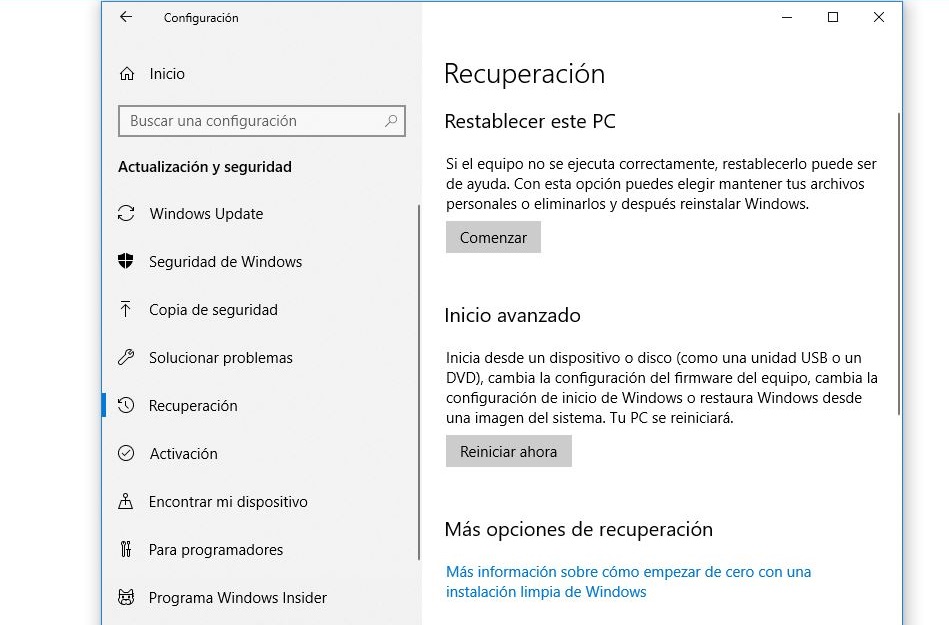

Just click “next” on all the prompts, and you’ll be good to go. Make sure you insert or connect your USB drive to the computer before you install and run EasyBCD in the next steps!Īssuming you don’t already have EasyBCD installed, you’ll need to run the setup file you downloaded earlier. If you’ve bought the disc online, you’ll need to go to your order page (check your email!) and download the ISO image – make sure to save it to disk (and not run) if/when you’re asked! Getting Started You’ll need to have the ISO image you purchased for download from. Obtaining the Windows XP/Vista/7 Recovery CD ISO image

If you’re using this at work or for commercial purposes, you’ll need to buy an EasyBCD license.
An ISO image of the Windows XP/Vista/7 repair CDĮasyBCD can be either downloaded or purchased from our website at. A USB stick or USB drive that has at least 500 MiB of free space,. You can even use these directions to create a multi-purpose “swiss-army USB” by adding more than one image to the USB disk, letting you choose which one you want to boot from when you turn on your PC! Requirementsīefore you start with this guide, you’ll need to have the following things on hand: 1.0.2 Obtaining the Windows XP/Vista/7 Recovery CD ISO image. Select Recovery HD from the Startup Manager.įor detailed information on this update, please visit: About OS X Recovery Disk Assistant. To access OS X Recovery, reboot the computer while holding the Option key. When the OS X Recovery Disk Assistant completes, the new partition will not be visible in the Finder or Disk Utility. Insert an external drive, launch the OS X Recovery Disk Assistant, select the drive where you would like to install, and follow the on screen instructions. To create an external OS X Recovery, download the OS X Recovery Disk Assistant application. Note: In order to create an external OS X Recovery using the OS X Recovery Assistant, the Mac must have an existing Recovery HD. The OS X Recovery Disk Assistant lets you create OS X Recovery on an external drive that has all of the same capabilities as the built-in OS X Recovery: reinstall Lion or Mountain Lion, repair the disk using Disk Utility, restore from a Time Machine backup, or browse the web with Safari. Built right into OS X, OS X Recovery lets you repair disks or reinstall OS X without the need for a physical disc.






 0 kommentar(er)
0 kommentar(er)
